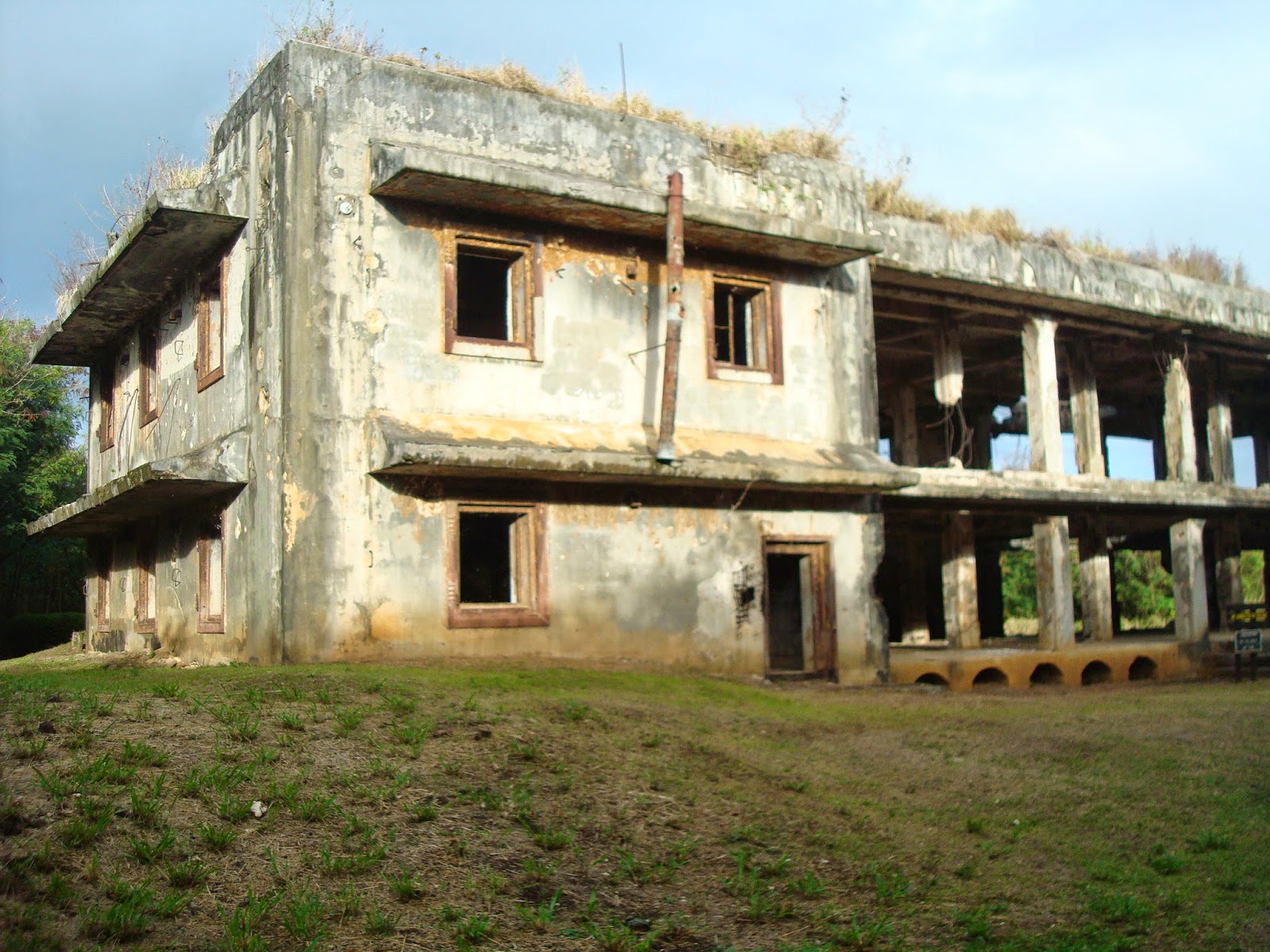On Tinian, sugar was king in the 1920s and 30s
One of the neatest things about Tinian is the abundance of Japanese-era remnants that exist there to this day.
Tinian was an entirely Japanese (and Okinawan and Korean) island in the 1920s and 30s. The Japanese, who took over the Northern Marianas in 1914, found no permanent and rooted Chamorro community on the island. Since the Spaniards deported the people to Guam in the 1700s, Tinian was inhabited only by seasonal Chamorro workers, and then later by a Carolinian community eventually relocated to Tanapag (Saipan), who tended the herds of cattle for the government and sometimes private entrepreneurs. By 1914, all this had more or less been shut down and the island depopulated again, except for sporadic visits by Chamorros on Saipan to get beef or benefit somehow from the land.
Sugar Mill of the Nanyo Kohatsu Kaisha (NKK)
Taking advantage of Tinian's flat terrain, suitable soil and lack of a native population that owned land, much less used it themselves, the NKK sugar company expanded the sugar industry from Saipan to Tinian. Eventually Tinian would be producing twice the amount of sugar Saipan was.
Tinian was mainly populated by Japanese, Okinawans and Koreans. Chamorros amounted to a dozen or so males from Saipan and Rota doing temporary work on Tinian. There wasn't even a Catholic priest assigned to Tinian during the Japanese period.
JAPANESE REMNANTS
Japanese Communications Center
now surrounded by cattle farms
The torii (gate) of the NKK Shinto Shrine
Japanese Air Administration building near the now-abandoned airstrips
Japanese Air Operations building in the area of the old airstrips
An office building of the NKK
The railroad tracks went through here, transporting sugar cane to the mill.
Tanks for raising unagi or fresh water eels.
The Sumiyoshi Shrine sits atop a hill thickly covered by vegetation.
The Shrine is still in good condition.
Another Shrine, on Mt Lasso, is not in as good a condition as Sumiyoshi.
Japanese Coastal Defenses, Chulu Beach
Japanese water pumps and tanks dot the island
What's left of the Japanese crematorium

















Marvelous - thanks for posting those...and now I want unagi for supper.
ReplyDeleteWould love to visit & see this place which is a part history.. (the dawn of nuclear age)
ReplyDelete